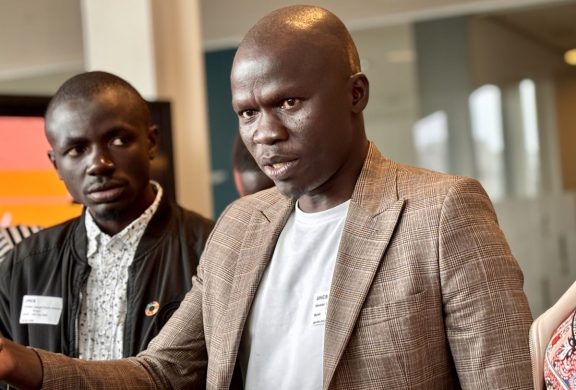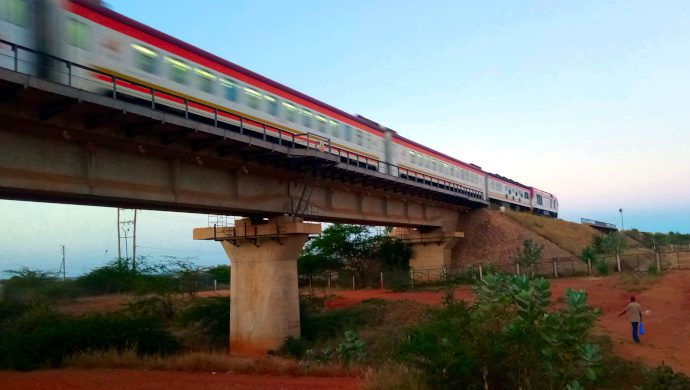Næsten 20 år efter apartheid er de afrikanske småbønder stort set lige så forarmede som altid, men frygten for et nyt Zimbabwe lurer, hvis de hvide boer-efterkommeres store farme beslaglægges – ANC søger at læge et åbent sår.
DURBAN, 15 August 2013 (IRIN): This year marks the 100th anniversary of the passage of the South African Land Act, which restricted black people from buying or occupying land except as employees of white people.
The Act gave white people ownership of 87 percent of land, leaving the black majority to settle in the remaining 13 percent.
Although the law was replaced by a policy of land restitution (tilbagegivelse) when the African National Congress (ANC) government came to power more than 19 years ago, South Africa is still struggling to reverse the Act’s impact.
There have been problems and controversies with both policy and implementation of the land reform agenda, which uses redistribution, restitution and tenure (ejerskabs) reform to make the much-needed changes.
IRIN takes a look at some of the problems that have slowed reform.
Willing buyer, willing seller
The government’s restitution policy has taken a “willing buyer, willing seller” approach, as opposed to the expropriation route adopted by neighbouring Zimbabwe, which resulted in political, social and economic instability.
The South African government has been paying market value for the disputed land before it is handed over to the original owners, who were dispossessed during apartheid.
But the government admits the process has siphoned off (tæret hårdt på) its resources and delayed the reform process considerably. It had been paying twice as much for land restitution as it was for distribution.
Rural Development and Land Reform Minister Gugile Nkwinti told parliament recently that from 1994 to 31 January 2013 the government spent over 1,2 billion US dollar (ca. 6,6 milliarder DKR) buying 4,1 billion hectares of land for redistribution, while spending over 1,6 billion dollar on 1,4 billion hectares for restitution.
“The small, white land-owning class has benefitted over one billion dollar from land acquired, while the 71.292 working class claimants (anfordringshavere på jorden) benefited about 600 million dollar,” said the minister.
Nkwinti also indicated that “claimants have chosen financial compensation (erstatning) over land restoration. This is a reflection of poverty, unemployment and income want”.
Critics on the left argue it also reflects the lack of a coherent (sammenhængende) strategy to enhance food security, aid poor urban populations living on marginal land, aid the predominantly black rural population, and support emerging black small and commercial farmers.
Government detractors (udbrydere) on the right have called land reform a ticking time bomb that could turn South Africa into Zimbabwe.
In response to criticism, the government has introduced several new initiatives in recent months, such as the Property Valuations Bill, the Expropriation Bill and the Restitution Amendment Bill]. But the new legislation has only stirred up more debate.
Just and equitable (ligelig) compensation
Læs videre på
http://www.irinnews.org/report/98572/why-south-africa-s-land-reform-agenda-is-stuck














